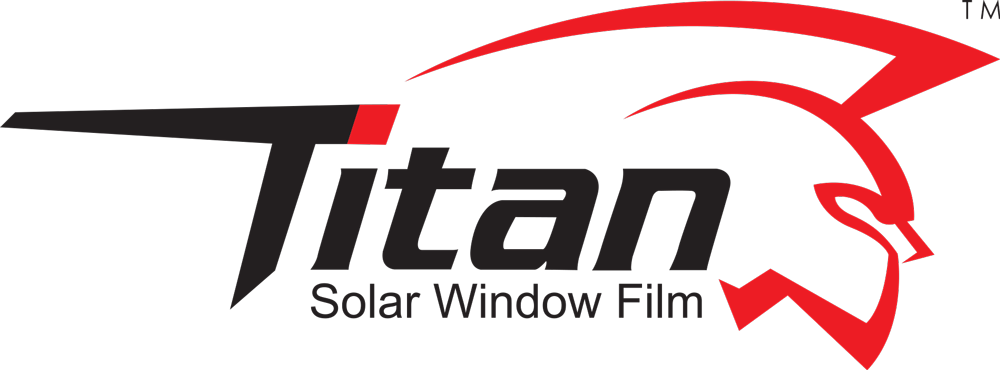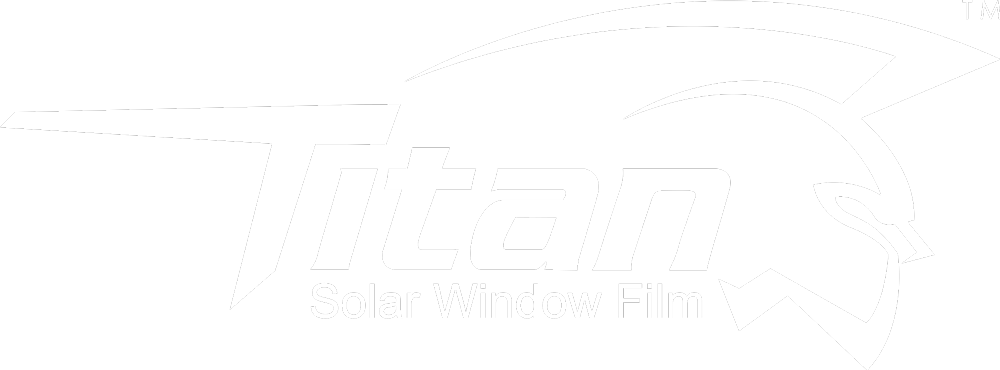The concept of energy efficiency originated in the 1970s and continues to garner attention across multiple disciplines, including architecture, design, construction, facilities management, and more. Many companies have identified “green” goals and are working to minimize their environmental impact. Measuring these companies’ pursuits in reducing energy usage and lessening their carbon footprint requires tangible, objective metrics. Two of the most widely recognized designations of green practices are the ENERGY STAR score and the LEED (Leadership in Energy and Environmental Design) certification.
BENCHMARK PROGRESS USING THE ENERGY STAR SCORE
The ENERGY STAR score is a benchmarking tool that compares the energy efficiency of a building to that of similar buildings across the nation. The score ranges from 1 – 100, with a score of 50 indicating the industry average. The ENERGY STAR score is calculated based on several factors. These factors include the number of occupants, size, and location of your building. The scoring system then compares a property’s energy usage to the energy usage of similar buildings. This calculation yields a ratio that illustrates how your property’s energy performance compares to the industry average.
If your building earns an ENERGY STAR score below 50, it performs below the national industry average. If your property scores above 50, its energy performance outranks the industry average. Those who earn a score of 75 or greater, meaning they are more energy-efficient than 75% of similar properties nationwide, may be eligible for the ENERGY STAR certification. For property managers who oversee several properties, the ENERGY STAR score provides insight into which buildings would benefit most from energy efficiency upgrades. Additionally, business owners and corporate executives can use the ENERGY STAR score to illustrate their companies’ commitment to investing in green building practices.
ACCUMULATE CREDITS TOWARD YOUR LEED CERTIFICATION
Rather than being a function of how a property’s energy efficiency compares to other properties, the LEED score is calculated as a summation of points in several categories. The LEED score considers the design, construction, operations, and maintenance of a building. Investing in green technologies and processes can earn your property points that contribute to its LEED score.
There are four levels of the LEED certification: Certified, Silver, Gold, and Platinum. Properties can progress from one certification level to the next as they improve their environmental friendliness. Earning the Certified level indicates a score between 40 – 49; Silver requires 50 – 59 points, Gold 60 – 79, and Platinum 80+. The highest possible score is 110 points.
HOW TO RECEIVE LEED CREDITS & IMPROVE YOUR ENERGY STAR SCORE WITH 3M WINDOW FILM
Installing 3M Window Film provides a cost-effective method of earning LEED credits and improving ENERGY STAR scores. Window film allows a property to operate more efficiently by improving the insulation of existing windows, regulating interior temperatures, and minimizing wear and tear on the HVAC system. The spectrally-selective film rejects up to 99% of UV rays and 97% of infrared rays from the sun. As a result, this solar energy rejection can reduce heat gain through windows by up to 60%, lowering energy usage and improving occupant comfort. Additionally, utilizing window film instead of window treatments for solar control allows you to capitalize on daylighting to illuminate your space instead of relying on overhead lighting and lamps.
3M Window Film can boost your ENERGY STAR score by improving the ratio of your energy usage to the industry average. Window film can also help you earn LEED credits in several categories, including minimizing light pollution, optimizing energy performance, thermal comfort, reducing reliance on artificial lighting, and more.
ATTAIN YOUR GREEN BUILDING GOALS WITH 3M WINDOW FILM
If your organization has identified improved energy efficiency as a priority, consider investing in 3M Window Film. This cost-effective and versatile product can help you take steps toward earning your ENERGY STAR and LEED certifications and quickly yields a positive ROI. Ask our window film consultants at Solar Film about how you can implement this energy-saving technology in your existing property or new construction project.
Locally owned and operated in Richmond, Virginia, for over 35 years, Solar Film helps businesses and homeowners throughout the Mid-Atlantic region find their ideal window tinting solution. We use premium quality 3M™ materials for temperature control, glare reduction, UV protection, privacy, and security window film solutions. As a 3M™ Authorized Dealer and a member of the Prestige Dealer Network, we offer the highest quality window film products on the market.



